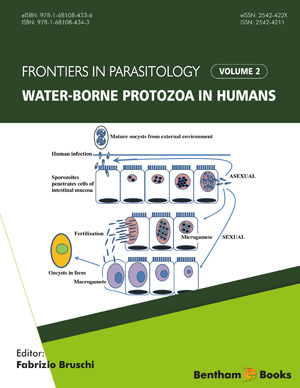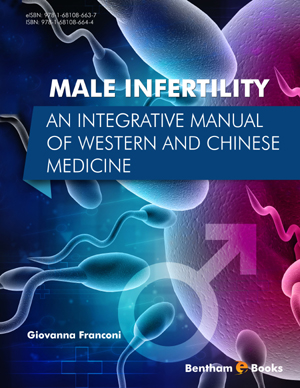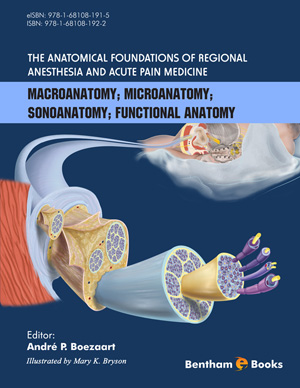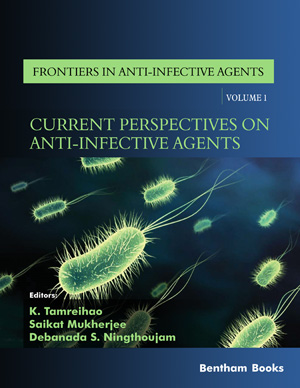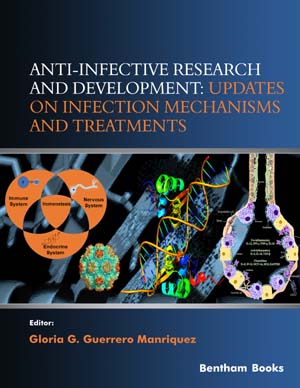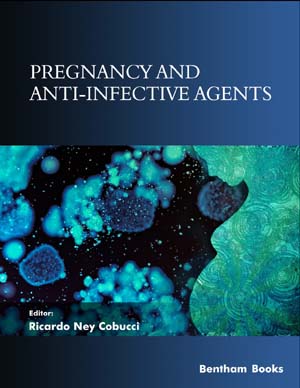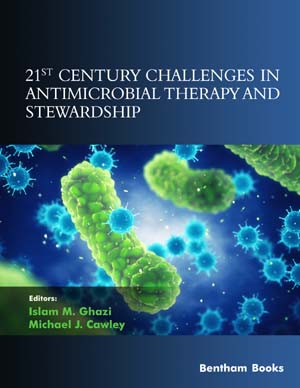Abstract
Entamoeba histolytica is a parasitic enteric protozoan and the etiologic agent of amebic colitis and liver abscess in humans. Amebiasis is commonly acquired through water- and food-borne transmissions and highly prevalent in tropical areas of the world where sanitation is poor. Symptoms can be mild, including loose stools and abdominal cramping but if the parasite invades the colon it can advance to amebic dysentery characterized by frequent watery and bloody stools. Following colonic invasion, trophozoites can enter the bloodstream and lymphatics and disseminate to the liver, heart, lungs, brain, or other organs, to cause abscesses, which if left untreated can lead to death. As treatment for amebiasis with metronidazole has adverse side effects research into novel therapeutics and vaccines is still actively being pursued. The present chapter summarizes the characteristics of amebiasis, their treatments and control and the importance of water transmission.
Keywords: Amebiasis, Colitis, Cysteine proteinases, Entamoeba dispar, Entamoeba histolytica, Liver abscess, Protozoa.


